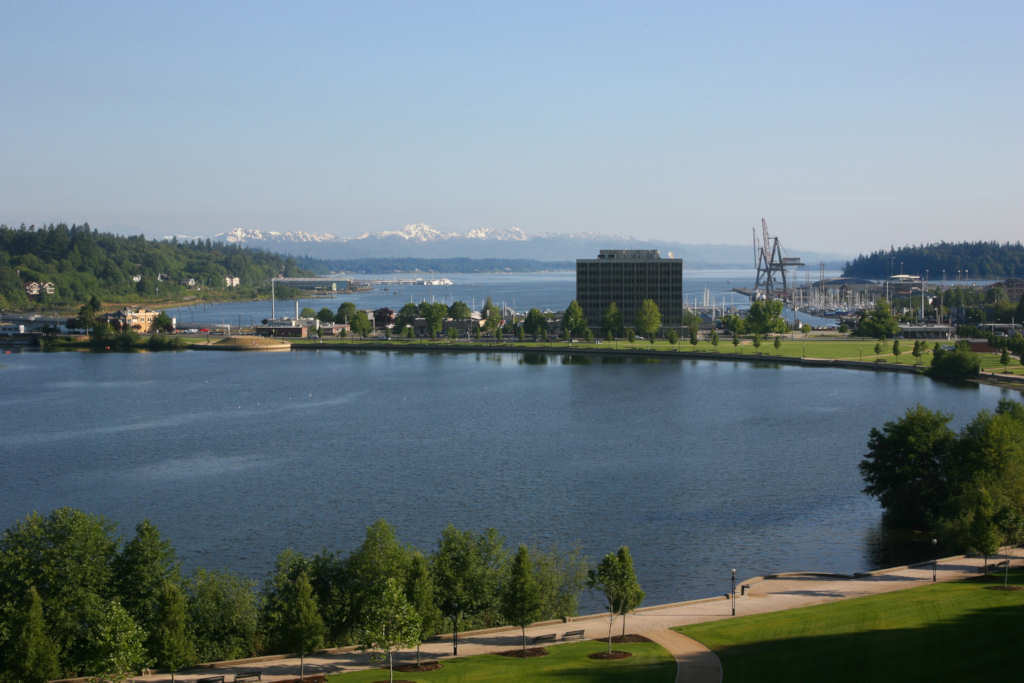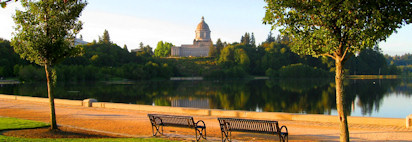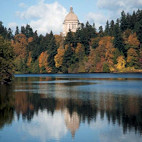Introduction to Hybrid Waterfront Management Plan
BECOME INFORMED
Thank you for your interest in the future of Capital Lake and the urban waterfront. Hopefully you will become engaged in the development of the State ⁄ DES produced Environmental Impact Statement (EIS) to select a new long-term Community Plan for our Deschutes Urban Watershed and Capitol Lake.
Our community stakeholder group, the Capitol Lake Improvement and Protection Association (CLIPA) welcomes your comments and input. CLIPA has had an ongoing difference of opinion on how Ecology has developed their water quality model and engaged members of the community in the TMDL process. We are seeking full participation and an objective review of all science and alternatives from an informed Community.
DIFFERING VIEWS OF LONG TERM SOLUTION FOR WATERFRONT
- » CLIPA’s abbreviated proposal for a Community Plan for the Lake & the Budd Bay urban area waters and shoreline
- » The July 2018 report by Dr. David H Milne Reviews the Department of Ecology Supplemental Modeling Scenarios Report, explains how the current eco system is actually beneficial to Budd Inlet.
Although we support the Ecology TMDL Plan for the Upper Watershed, we take significant difference on their current model findings of how Capitol Lake and the Budd Bay Inlet interchange and impact water quality. The State and local government has essentially ignored maintenance of the Lake and Budd Bay watershed since the mid 1980’s while the debate on the future of Capitol Lake has languished.
The Legislature has now funded preparation of an EIS to guide the Community in selecting a “Lake Management Alternative”. A parallel water quality study called a “Total Maximum Daily Load—TMDL” is being conducted by the Department of Ecology and is informing the Capitol Lake debate.
CAPITOL LAKE AS AN ENVIRONMENTAL & COMMUNITY FRIEND
CLIPA, a group of mostly retired State, local and private scientists ⁄ professionals have also been monitoring and participating in the studies. CLIPA believes that the best solution is to continue to use the South and Mid Basins of the Lake as a natural fresh water treatment system in contrast to those that want to return all of Capitol Lake to a tidal mud flat similar to East Bay near Swan Town Marina.
The Lake actually improves the water quality in the degraded river water (degradation caused by contaminants from the upper watershed) by providing “natural treatment of phosphorus, nitrogen, and nutrients". The Lake also provides a relatively low-cost method to manage sediments and reduce threats from future sea water flooding.
A DIFFERENT VIEW OF SCIENCE REPORTS FROM THE STATE
The July 2018 report by Dr. David H Milne reviews the Department of Ecology Supplemental Modeling Scenarios Report. Dr. Milne explains in detail the dynamics and science of what is happening, and how the current eco system is actually beneficial to Budd Inlet. Dr. Milne also clearly identifies how the Ecology model is misinterpreted or misrepresents the actual science in Budd Bay. We recommend that you read the Executive Summary page and the first chapter "How Estuaries Work" PDF.
As recommended by the Ruckelshaus Center Report to the Legislature, an independent science board is needed to address these important but significant differences by two community groups of scientists. CLIPA also recommends that a simple annual and low-cost monthly field sampling program be undertaken by local governments to provide field verification of what either group of modelers are claiming.
COMMUNITY PLAN FOR LAKE MANAGEMENT FOR ALL
Denis Curry, Jack Havens, Bob Wubbena, CLIPA Co-Chairmen - August 2018
Save or view PDF version of this document ( PDF 2 pg )
Introduction to Hybrid Waterfront Management Plan
CLIPA Capitol Lake Improvement & Protection Assn.


